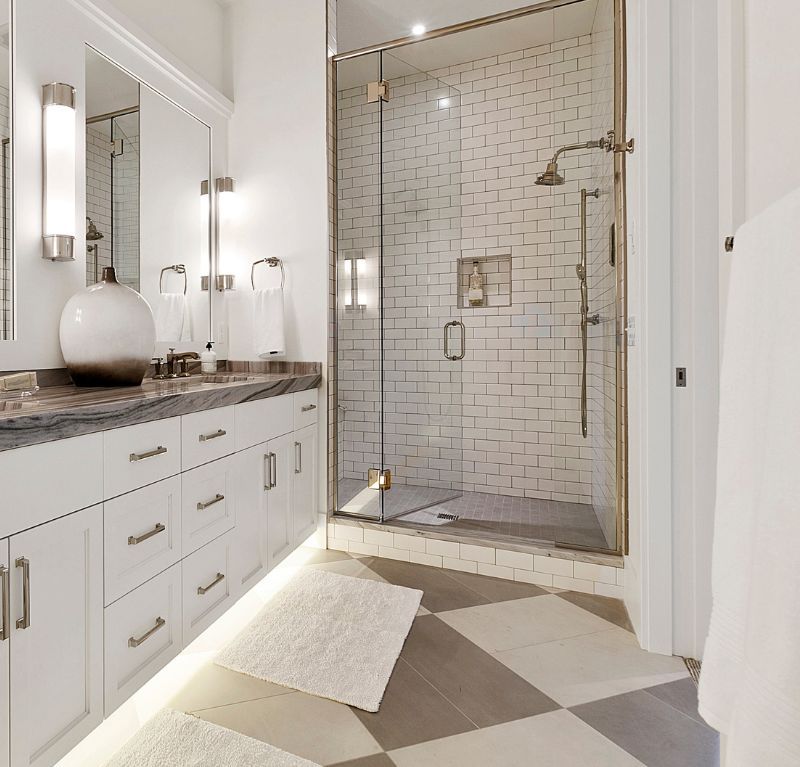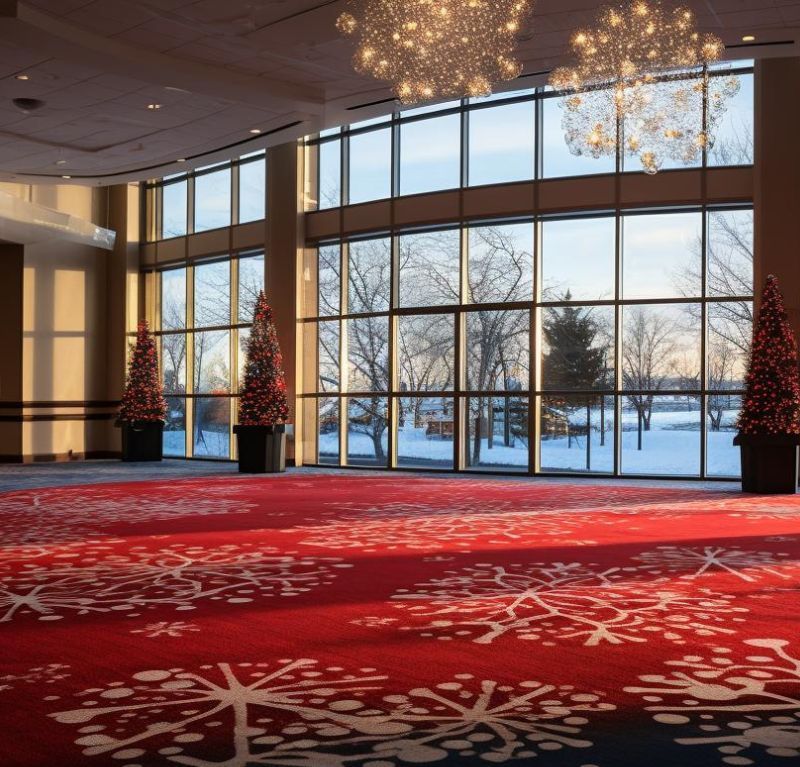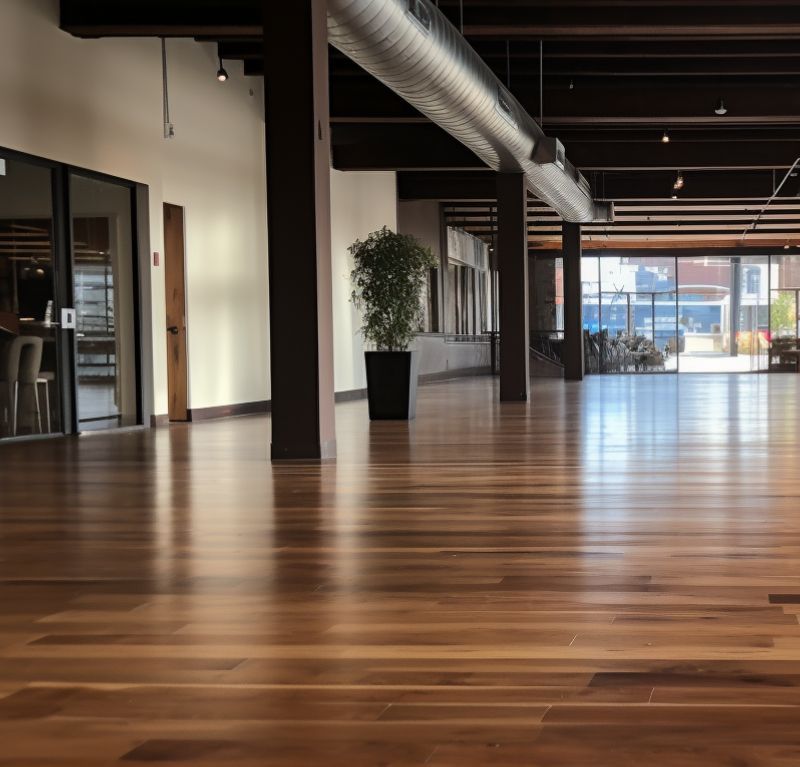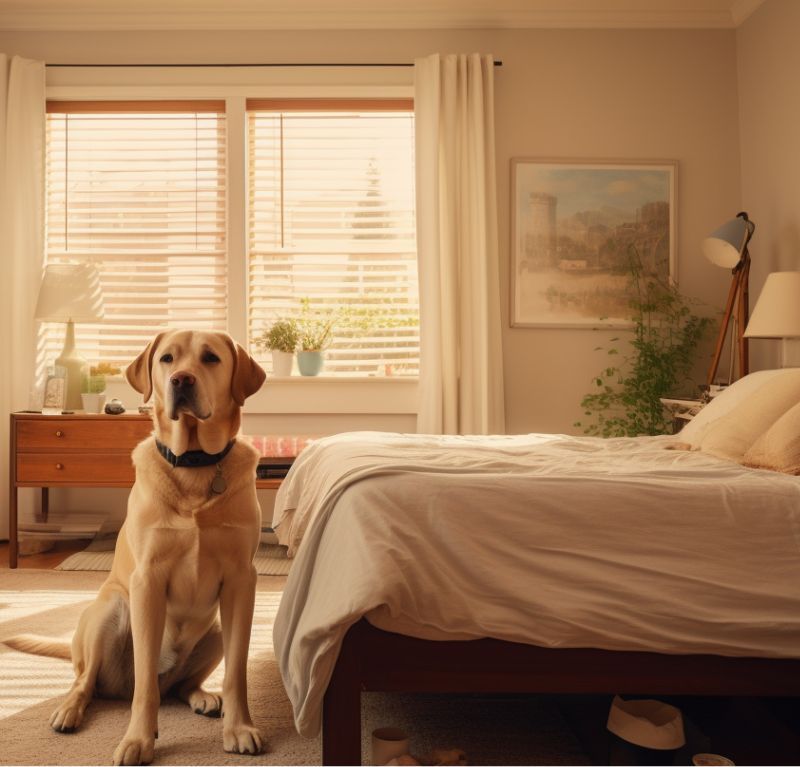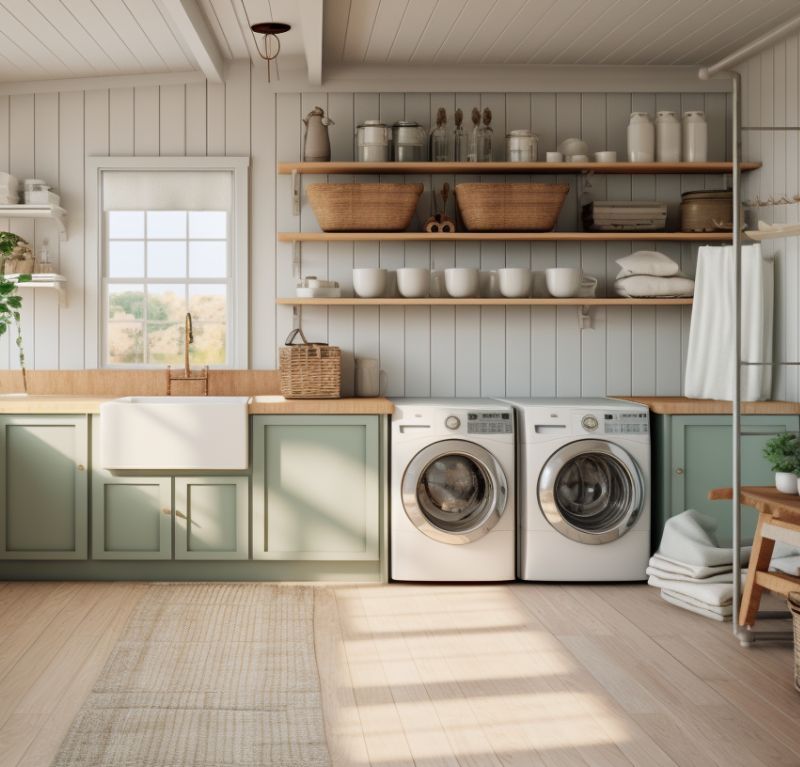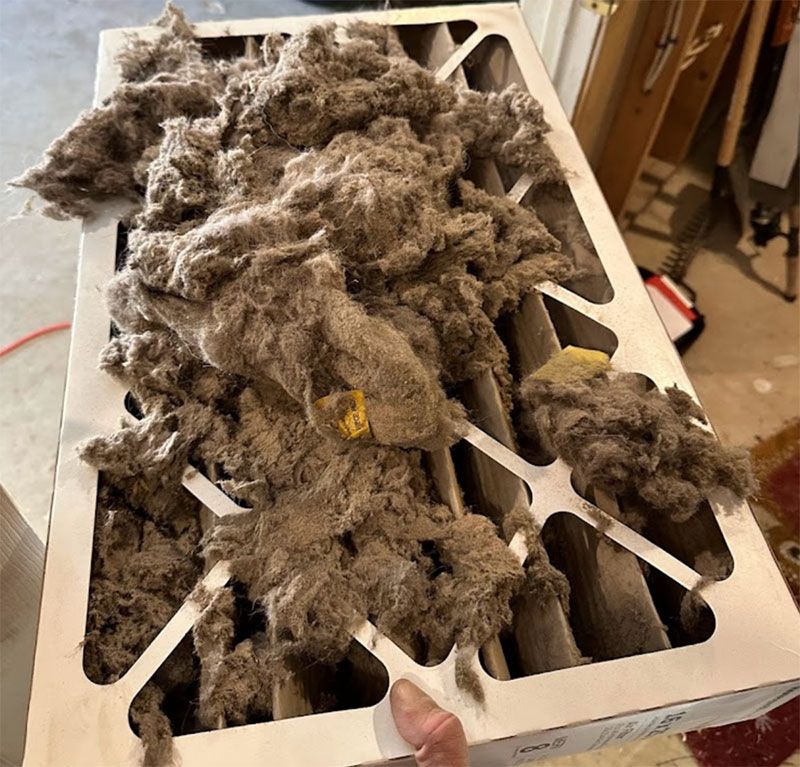Harnessing The Power of Professional Tile & Grout Cleaning
TL;DR: Professional tile and grout cleaning can revitalize your home’s appearance and improve indoor air quality. It enhances aesthetics, promotes health by eliminating mold and mildew, extends surface longevity, and saves time and effort. DIY methods often lack the tools and expertise needed, risking accidental damage and overlooking hidden issues. Choosing the right cleaning company involves researching reputation, evaluating methods and equipment, and requesting quotes. The Honest Guys in Georgia offer reliable and excellent tile and grout cleaning services, ensuring thorough results and customer satisfaction.
Your home’s tiles are the colorful detail that gives your space its charm. But here’s the thing: sometimes, they get grimy, like they’ve lost their sparkle. And it’s not because you haven’t made an effort. A study showed that 78% of Americans spring-cleaned at least once in 2022.
You scrub until your hands get tired, and you are still dissatisfied with the outcome! If only there was something to lift the cleaning weight off your back, free up your schedule, and result in clean grout for a change.
That’s where the magic of professional tile and grout cleaning comes in, swooping in like a fairy godmother to bring those tiles back to life.
So, let’s stroll into the world of professional tile and grout cleaning. It’s time to make your home a healthier, happier place to kick back and relax.
The Benefits of Professional Tile & Grout Cleaning
With professional tile and grout cleaning, you can experience a significant change in your home’s overall atmosphere. Here are some benefits from this process:
Enhanced Aesthetics
The most immediate and noticeable benefit of professional tile and grout cleaning is the remarkable improvement in the appearance of your tiled areas. As time passes, tiles may diminish in shine, while grout lines can discolor due to dirt, spills, and daily foot traffic.
Professional cleaners employ specialized equipment and cleaning solutions to eliminate even the most stubborn stains, revitalizing tiles to their former brilliance.
Health Benefits
Tiles, especially in areas like kitchens and bathrooms, are exposed to moisture and organic materials that can foster the growth of mold and mildew. These can be harmful to health, causing allergies, respiratory problems, and other ailments.
One in thirteen people in the USA has asthma. If this is the case with someone in your family, consider professional tile and grout cleaning.
By eliminating mold and mildew breeding grounds, professional cleaning services play a vital role in enhancing indoor air quality and fostering a healthier living environment.
Longevity of Surfaces
Regular maintenance through professional cleaning extends the life of tile and grout. Dirt and grime can be abrasive, and when they accumulate, they can cause wear and tear on tiles and erode grout lines.
Maintaining cleanliness on these surfaces minimizes the likelihood of damage and mitigates the necessity for expensive repairs or replacements. Professional cleaners also apply sealants to grout lines after cleaning, providing an additional layer of protection against dirt and spills, further extending the lifespan of your tiled areas.
Time and Effort Savings
Cleaning tile and grout is no small task, especially if you aim for a deep clean. It requires time, physical effort, and the right equipment and cleaning agents. For numerous homeowners, this task consumes valuable time.
Professional tile and grout cleaning services, with their expertise, equipment, and cleaning materials, can achieve superior results in a fraction of the time it would take a non-professional to complete the same task.
Cost-Effectiveness
Although some individuals may perceive professional cleaning services as an added expense, in reality, they represent a cost-effective investment over time. Maintaining the cleanliness and integrity of your tiles and grout reduces the need for expensive repairs or replacements.
Additionally, by extending the lifespan of your tiled surfaces, you maximize your initial investment in them.
The Downside of DIY Tile and Grout Cleaning
So, you’re eyeing those grungy tiles and thinking, “I can handle this myself.” While opting for the do-it-yourself approach may appear to be a budget-friendly choice, it’s crucial to grasp the potential drawbacks before proceeding. Let’s explore why taking matters into your own hands might not always be the best choice.
Limited Tools and Expertise
Before you dive in, let’s talk about the tools and expertise you’ll need. Without the right gear and know-how, your efforts might fall flat. You might not have access to the specialized equipment and cleaning agents the pros use, which could mean you’re not getting the job done as thoroughly as you’d like.
Risk of Accidental Damage
Tile and grout cleaning encompasses more than just scrubbing to remove surface dirt. There’s a bit of science and finesse involved. If you’re not careful with the cleaning agents or you’re using the wrong techniques, you could end up doing more harm than good.
Tiles might get scratched, or grout might get dislodged, leaving you with damaged tiles and a bigger mess than when you started.
Stubborn Stains and Lingering Grime
Let’s talk about those stubborn stains and grime. You’re familiar with those stubborn stains, the ones that have persisted for ages despite your diligent scrubbing. When it comes to these resilient foes, more than DIY methods are required. Without the right tools and cleaning agents, you might just be spinning your wheels, unable to get rid of those pesky stains for good.
Overlooking Hidden Issues
Let’s say you manage to get your tiles looking somewhat clean. That’s great, right? Well, not necessarily. DIY cleaning methods often overlook underlying issues like mold and mildew growth. These sneaky little inhabitants can lurk in the grout lines, posing health risks and causing further damage if left unchecked.
Choosing the Right Tile and Grout Cleaning Company
Ensuring your tiled surfaces receive the care they deserve begins with selecting the right tile and grout cleaning company. Here’s what you should consider:
Researching Reputation and Experience
Begin your search by investigating the reputation and experience of potential candidates. Seek out companies known for consistently delivering high-quality results and garnering satisfied customers. Experience matters, so opt for a company with extensive experience in tile and grout cleaning.
Evaluating Cleaning Methods and Equipment
Before making a decision, inquire about the company’s cleaning methods and equipment. Ideally, opt for a company that employs contemporary, efficient methods and cutting-edge equipment to guarantee comprehensive and effective cleaning.
Avoid companies that rely on outdated methods or inferior equipment, as they may not deliver the results you’re looking for.
Requesting Quotes and Consultations
After narrowing down your list of potential tile and grout cleaning companies, contact each one to request quotes and arrange consultations. During these consultations, inquire about their cleaning process, estimated timeframe for completion, and any additional services offered.
Bottom Line – The Power of Professional Tile & Grout Cleaning
The power of professional tile and grout cleaning is undeniable, offering a transformative solution to refresh and rejuvenate your living spaces. Although DIY may appear attractive, the potential risks and constraints frequently surpass the advantages.
Instead, entrusting your tile and grout cleaning needs to a reputable and experienced company ensures thorough and efficient results while avoiding potential damage and frustration.
For those in the Georgia area seeking excellent tile and grout cleaning services, The Honest Guys exemplify reliability and excellence. With our commitment to customer satisfaction and utilization of advanced techniques and equipment, they guarantee to breathe new life into your tiled surfaces. Experience the power of professional tile and grout cleaning for yourself.
Don’t settle for lackluster results, contact The Honest Guys today and schedule your appointment for a cleaner, fresher home today!
